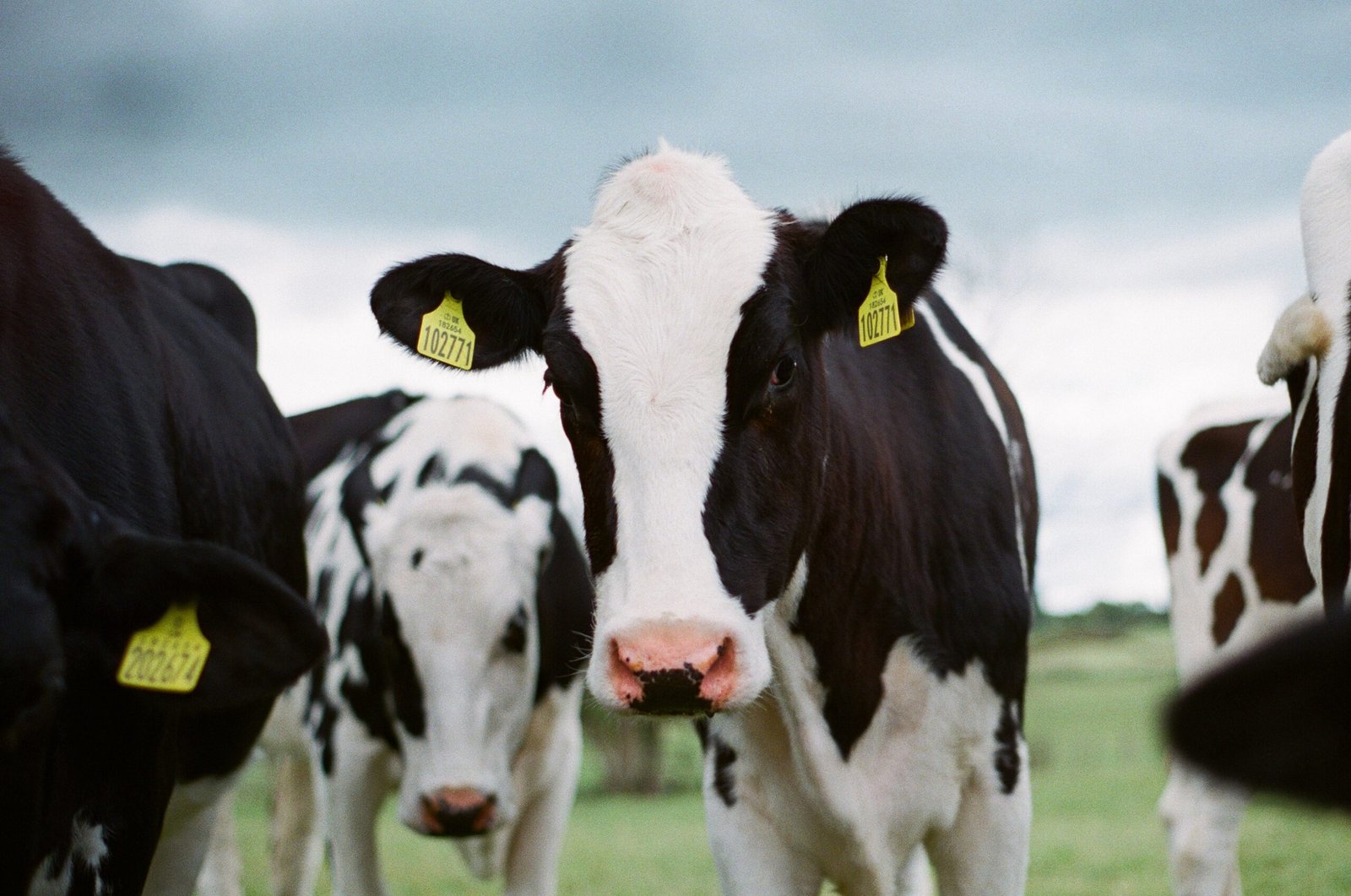When it comes to managing a successful dairy farm, one of the key factors for maximizing milk production and reproductive efficiency is accurately detecting when a cow is in heat. Heat detection is crucial for successful breeding and ensuring optimal fertility rates in your herd. There are several methods available for heat detection in dairy cows, each with their own advantages and considerations.
Visual Observation
Visual observation is one of the oldest and most common methods of heat detection. It involves closely monitoring the behavior and physical signs of cows to identify when they are in heat. This method relies on recognizing changes in activity levels, mounting behavior, and discharge from the vulva. While visual observation is a cost-effective option, it requires skilled and dedicated personnel to accurately detect heat.
Heat Detection Aids
Many dairy farmers use heat detection aids to assist in identifying cows in heat. These aids include tail paint, chin ball markers, and electronic heat detection systems. Tail paint is applied to the tailhead of a cow, and when mounted by another cow, it leaves a clear mark indicating heat. Chin ball markers are similar, but they are attached to a cow’s chin and leave a mark on the back of the cow when mounted. Electronic heat detection systems use sensors to monitor cow activity and provide alerts when a cow is in heat.
Hormone Monitoring
Hormone monitoring involves measuring hormone levels in a cow’s blood, milk, or urine to determine when she is in heat. Progesterone levels can be measured using blood or milk samples, while estrogen levels can be measured using urine samples. Hormone monitoring provides a more accurate and objective method of heat detection, but it requires specialized equipment and expertise.
Automated Heat Detection Systems
With advancements in technology, automated heat detection systems have become increasingly popular. These systems use various sensors, such as activity monitors or temperature probes, to track changes in a cow’s behavior or body temperature, which can indicate heat. Automated systems provide continuous monitoring and can alert farmers when a cow is in heat, saving time and improving accuracy.
Ultimately, the choice of heat detection method will depend on factors such as farm size, available resources, and individual management preferences. It is important to select a method that suits your specific needs and ensures the timely and accurate detection of heat in your dairy cows.

